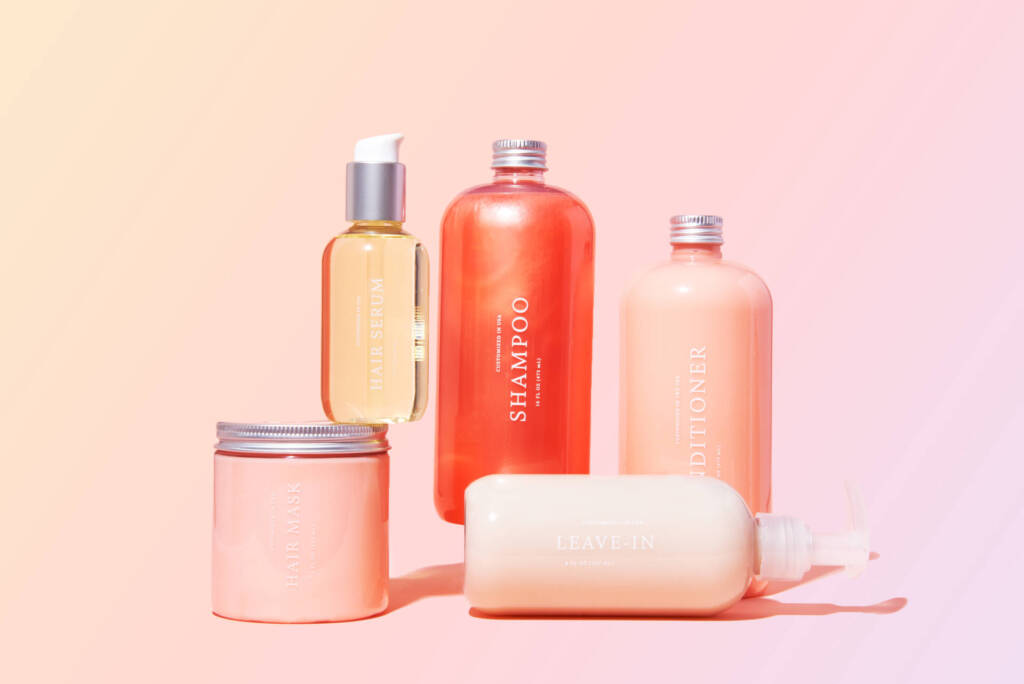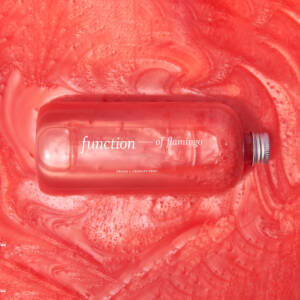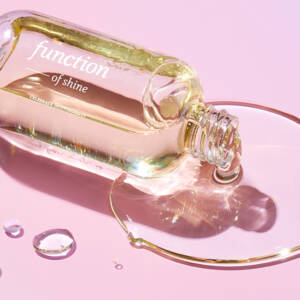We sat down with Heleen Kibbelaar, cosmetic scientist and PhD candidate in complex fluids, to discuss silicones, their role in hair care, and why there’s so much discourse around them in the space. Here’s where our conversation landed us– read for the full breakdown on silicones and why the choice around adding them to your formula is entirely up to you.
Silicones are a class of ingredients that are some of the most commonly used in hair care, and the most hotly debated. In hair care products, silicones provide slip for combing and detangling, and leave your hair feeling smooth. When silicones aren’t in your product you’ll feel the difference– a kind of squeaky clean feeling that takes some time adjusting to. Various blends of alternative ingredients can be used to create the same feel in silicone-free formulas, but it can be challenging to get the same result.
What are silicones?
Let’s start with the basics. Silicones are a class of polymers (large ingredients that do not penetrate hair). They primarily impact the surface of hair and are often used in products like shampoos, conditioners, leave-in conditioners, and hair masks to make your hair feel smooth and to help with combing and detangling. They can also help prevent humidity from impacting hair and create a protective layer to help prevent heat damage.
![]()
Why are they used in different products?
When developing shampoos and conditioners, it’s important that they’re formulated to provide lasting benefits beyond cleansing, which requires a formulation that “deposits” ingredients that don’t rinse off. Silicones can be modified to help your shampoo and conditioner do just that, delivering ingredients that will stay on your hair after you rinse, and continue to provide tailored hair benefits.
In shampoos, conditioners, and hair masks, silicones provide detangling, help with wet and dry combing, and help create a smooth feel both in and out of the shower. In conditioners and hair masks specifically, silicones can be used to repair your hair’s cuticle (the outermost layer of a strand of hair), and deliver softness and frizz-fighting benefits.
Most hair serums are a blend of silicones and beneficial oils– the silicones act like “vehicles,” helping to spread key ingredients through the hair easily to deliver instant benefits like shine, flyaway and frizz reduction, mending split-ends, and style manageability.
In pre-styling and styling products, silicones can also be used as heat protectants by forming a protective layer and helping your heat tools glide through the hair, preventing scorching. Silicones can reduce the on-hair temperature by up to 20℃, and reduce the time it takes to form your desired style, so your hair is subjected to less heat for less long.
So, why are they controversial?
With all of these benefits, why are silicones such a debated topic? Silicones have had a bad reputation in the past for causing product build up and weighing hair down. But, ingredient technology has evolved, and at Function of Beauty, we’ve always evolved with it. Using high-quality silicones that are expertly formulated to condition, protect, and smooth hair can help reduce issues like build up. In fact, our Function Silicone Blends (blended uniquely for each custom formulation) do not cause any build up across hair types.
In developing products with silicones, expert formulators (like ours) are able to tailor the silicone or silicone blend to have the right deposition size and amount in order to work for specific hair types and damage levels, and prevent build up.
“Weighed down” feeling
Some people experience a “weighed down” feeling when using silicone-based products, but this is often due to specific formulations or the silicones used, and doesn’t apply to all formulations and silicones. Using silicone microemulsions can help combat the heaviness, which deposit tiny amounts of silicone on hair for conditioning benefits without the weight.
![]()
Types of Silicones
There are many different types of silicones that can be used to create different experiences. For example, there are volatile silicones and non-volatile silicones, which have different rates of evaporation. Each of these classes of silicones has a wide range of properties and benefits for hair, and are used in different formulas to achieve different outcomes.
Silicone-Free
Silicones may or may not be the right choice for all– it really comes down to personal preference. One of the benefits of Function of Beauty products is the option to create a silicone-free product that gives a similar smoothness and shine to your hair with different ingredients. Some ingredients used may be natural based gums and esters (coming from shea butter or oils like jojoba), and other synthetic polymers to form a composite that has properties similar to silicones. Just as silicones are tailored for each formulation, desired benefit, and hair type, silicone alternatives are blended in the same manner.
At the end of the day it’s about finding expertly developed formulations and carefully selected ingredients to care for your hair and support you through your hair journey. So go for it! We’ve got every option for you and your hair to explore.





